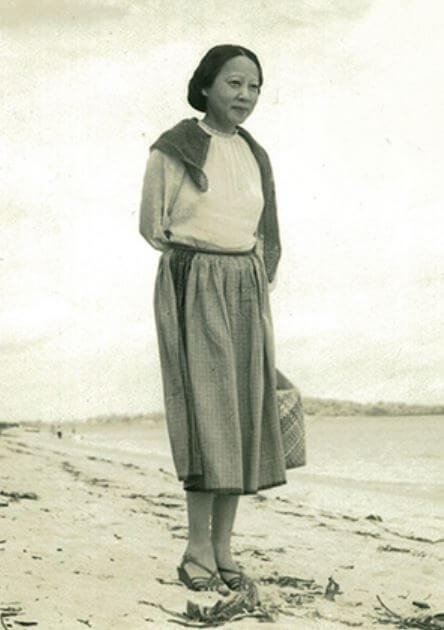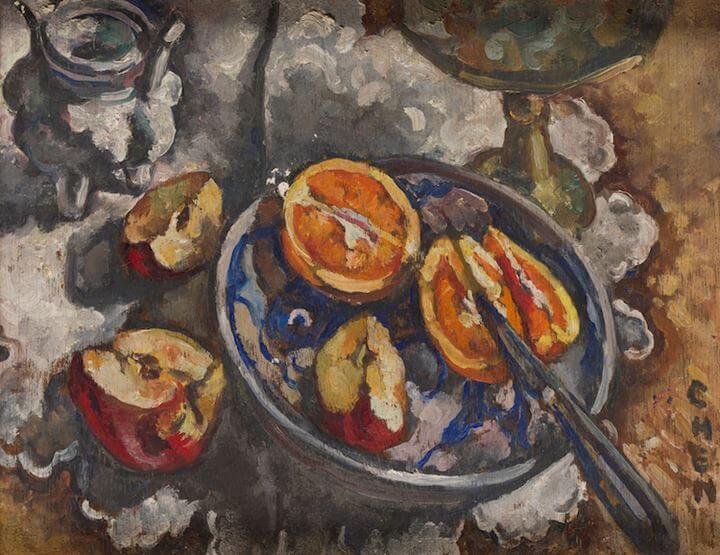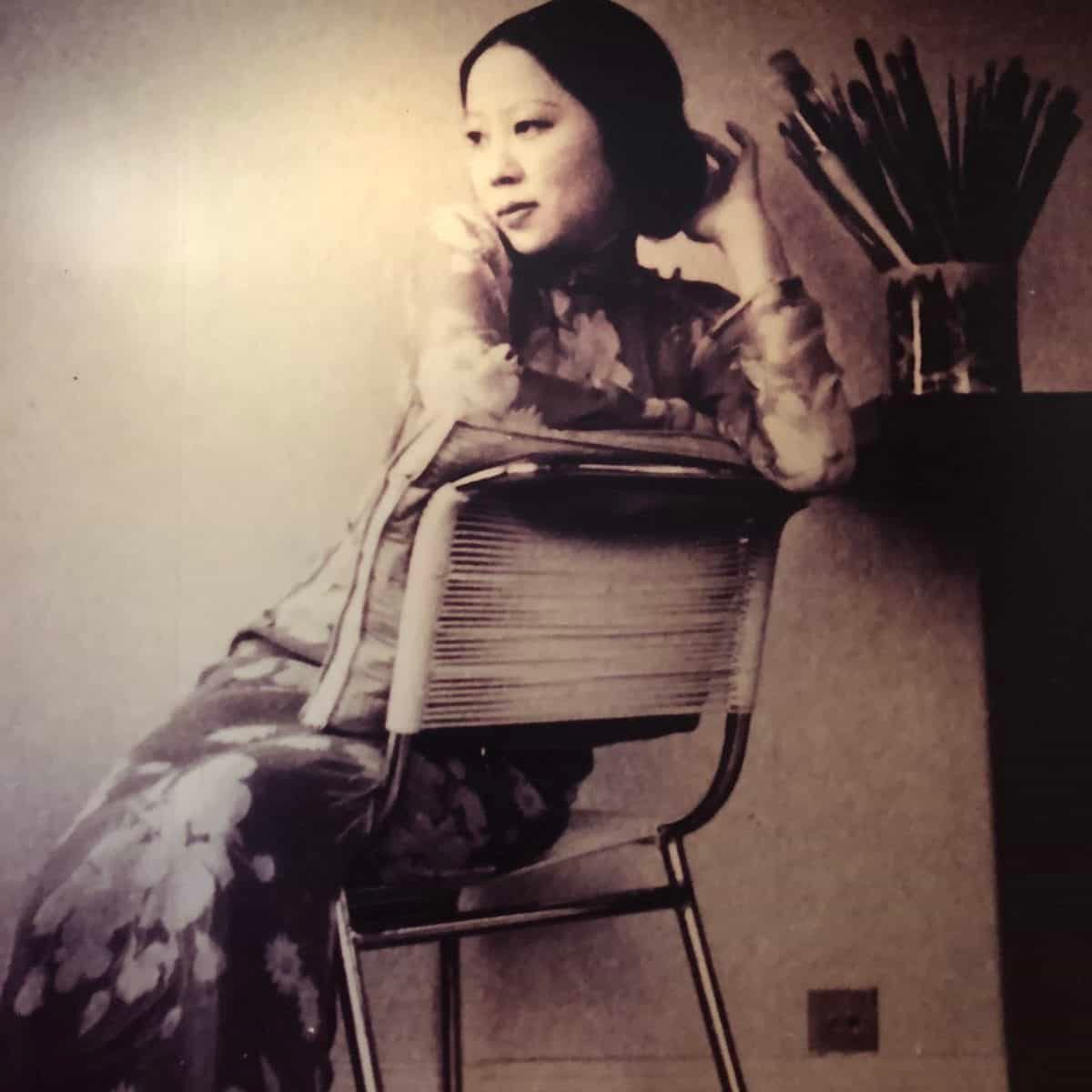Discover the life and art of Georgette Chen, a pioneer of Singaporean modern art and the Nanyang style. Explore her iconic works, artistic journey, and lasting legacy in Singapore’s cultural landscape.
____________________________________________________________________________________________________________________________________
Georgette Chen (1906–1993) remains an iconic figure in Singapore’s art history, recognized for her significant contributions to the Nanyang art movement and her ability to seamlessly blend Eastern and Western artistic traditions. Her works continue to captivate art enthusiasts, reflecting her mastery of technique, cultural adaptability, and deep emotional expression. More than just a painter, she was a teacher, mentor, and key figure in the development of modern art in Singapore.
Early Life and Artistic Formation
Born as Chang Li Ying in Zhejiang, China, Georgette Chen experienced a childhood filled with cross-cultural influences. Her father, Zhang Jingjiang, was an affluent businessman with strong ties to Paris and New York and a close associate of Dr. Sun Yatsen. Growing up in this cosmopolitan environment exposed Chen to a diverse artistic and intellectual landscape from a young age.

Her formal art education took place in some of the most prestigious institutions in the world, including the Académie Colarossi and the Académie Biloul in Paris, as well as the Art Students League of New York. These experiences immersed her in classical and modern artistic techniques, influencing her approach to painting. During this period, she developed a fascination for Post-Impressionism in Singapore, particularly the works of Paul Cézanne and Vincent van Gogh.
Chen’s artistic career began to flourish in the 1930s when she gained recognition in the Parisian art scene. Her paintings were exhibited in the Salon d’Automne, one of France’s most prestigious art exhibitions, establishing her as a serious artist. Despite her success, global events, including World War II and the Chinese Civil War, significantly impacted her life and artistic journey.
Transition to Southeast Asia and the Nanyang Style
By the 1950s, Chen had relocated to Southeast Asia, where she became deeply involved in the Nanyang art movement. The term “Nanyang” (which means “South Seas” in Chinese) refers to a distinctive Southeast Asian artistic style that blends traditional Chinese ink techniques with Western oil painting methods. It was during this time that she began incorporating the rich visual culture of the region into her work.

Her paintings from this era reflect the vibrant colors, lush landscapes, and cultural diversity of Malaya and Singapore. Unlike her earlier works, which often depicted European subjects, her later paintings featured local people, traditional markets, and tropical fruits, creating a unique fusion of cultures in her art.
In Singapore, she became an influential figure in the local art community, joining the faculty at the Nanyang Academy of Fine Arts (NAFA) in 1954. As a dedicated educator, she shaped the next generation of Singaporean artists, emphasizing technical proficiency while encouraging creative expression.
Notable Works and Themes
Georgette Chen’s artworks are best known for their elegant still life, emotive portraits, and scenic landscapes, all of which exude a quiet dignity and refined simplicity. Some of her most celebrated pieces include:
-
“Still Life with Cut Apple and Orange” – A masterful exploration of light and texture, this painting showcases her skill in rendering simple objects with depth and vitality. The meticulous use of color and shadow brings the fruit to life, reflecting her influence from Post-Impressionism. The painting exudes a sense of tranquility and appreciation for everyday life, a recurring theme in Georgette Chen paintings.

Photo of ‘Still Life with Cut Apple and Orange’ of Georgette Chen (1928–1930). Credit: Georgette Chen and Collection of National Gallery Singapore. -
“Mosque in Kuala Lumpur” (1957) – This work captures the architectural beauty and cultural richness of Malaysia, showcasing her sensitivity to composition and color harmony. The interplay of light and shadow in this piece reflects her refined technique, with the grand structure of the mosque juxtaposed against the natural elements surrounding it. Through this painting, Chen highlights the cultural diversity of Southeast Asia, emphasizing the significance of heritage and tradition in Singapore art history.

Photo of ‘Mosque in Kuala Lumpur’ by Georgette Chen (1957). Credit: Georgette Chen - “Self Portrait” (c. 1946) – One of her most introspective works, this portrait displays a reserved yet intense gaze, reflecting her artistic discipline and deep sense of self-awareness. The limited color palette and restrained brushwork convey a sense of quiet contemplation, giving viewers a glimpse into the artist’s introspective nature. The composition is carefully arranged to focus on her face, drawing attention to her sharp features and thoughtful expression.

Photo of ‘Self Portrait’ by Georgette Chen (1946). Credit: Georgette Chen and National Gallery Singapore.
Through her art, Chen captured the beauty of everyday life while infusing her subjects with emotion and cultural significance. Her work was not just about aesthetics but also about storytelling, portraying the landscapes, traditions, and people of Southeast Asia with great sensitivity and depth.
Teaching and Lasting Influence
Chen’s impact extended far beyond her paintings. As a mentor and teacher at NAFA, she played a crucial role in shaping the future of Singaporean modern art. She instilled in her students the importance of precision, technique, and innovation, pushing them to explore their unique artistic voices.

Her efforts were recognized in 1982 when she was awarded the prestigious Cultural Medallion for Visual Arts, Singapore’s highest artistic honor. This recognition cemented her place as one of the nation’s most influential artists and one of the most famous Singaporean artists.
Legacy and Posthumous Recognition
Even after her passing in 1993, Georgette Chen’s legacy continues to be celebrated. Her artworks are prominently displayed in the National Gallery Singapore, where they serve as a testament to the evolution of modern art in the country.
In 2020, the National Gallery Singapore hosted “Georgette Chen: At Home in the World”, a landmark exhibition that explored her artistic journey and contributions.
Final Thoughts
Georgette Chen’s artistic journey exemplifies resilience, innovation, and cultural adaptability. Her contributions to the Nanyang art movement, coupled with her passion for education, have solidified her legacy as a true pioneer of Singaporean modern art. Her paintings continue to inspire generations of artists and art lovers, serving as a bridge between the past and the present.
Her paintings continue to inspire generations of artists and art lovers, serving as a bridge between the past and the present. Through her vision and artistry, Georgette Chen not only documented the beauty of Southeast Asia but also helped define the identity of modern Singaporean art.

